
Maintaining your skin isn't as simple as lathering on moisturiser twice daily and following your cleanser with a toning. As innovation in beauty continues to evolve, there are additional layers and concerns to take notice of in order to concoct a well-rounded, effective skin care routine. One integral component of understanding your skin is knowing its pH balance and numerical value, which is helpful knowledge to have when adding in new products to your routine and pinpointing why your skin may be unexpectedly breaking out. If this process sounds overwhelming, we've taken the intimidation out of the process. Here, we break down what a pH level is, signs of imbalance and the products to employ to help improve your skin.
What is skin pH?
In order to understand pH and how it impacts on our skin care, we first need to strip it back to fundamentals. PH stands for potential hydrogen, a measure of the element’s activity in any substance. Our skin’s pH maintains a balance of acidity and alkalinity, protecting us from germs, elements and toxic substances. It also works to keep us hydrated and for nutrient and mineral storage.
PH is measured on a numerical scale, indicating the acidity or alkalinity of something. On the scale ranging 1-14, anything below seven is acidic and that exceeding seven is alkaline. For our sin, the ideal pH is between 4.5-5.5 for women, which is considered acidic.
What impacts skin pH?
Much like our skin types, pH is constantly changing based on a variety of impacts, including diet, sleep, products currently applied to your skin and environmental surrounds. Skin types also contribute towards pH level and the numerical ranking can often fluctuate with your skin. Oilier skin tends to have a pH of 4-5.3, whereas dry skin regularly exceeds 5.5
Why does our skin pH level matter?
You may find yourself wondering why any of this matters to your overall skin care routine. However, it’s important to understand how the pH of the skin impacts the efficacy of products applied and the overall tone of your epidermis. A frequent example of this is if the skin is too alkaline (nine or above), your lipid layer may be compromised, meaning irritation and dry skin can result.
Overwhelmingly, pH has an impact on the ‘acid mantle,’ a think barrier on the skin surface maintaining slight acidity. The barrier comprises of amino and lactic acids and sebum, also known as fatty acids, and protects the skin from environmental inhabitants that lead to premature signs of ageing and irritation. If your acid mantle is disrupted by applying harsh skincare, you may break out or find your skin feeling tight and abrasive.
How do I determine my skin's pH?
Determining your skin’s pH can be undertaken through a simple at-home kit alongside becoming more familiar with your skin. Keep track of the products assisting in keeping your epidermis supple, and also those which may have caused inflammation in the past.
Common signs of a pH imbalance include:
- Breakouts or acne
- Extreme dryness
- Irritation
- An increase in fine lines across the face
- The skin feeling tight or dry after cleansing
How does pH impact my skin care choices?
With this knowledge attained, now we can break down how pH impacts our skin care choices. When purchasing skin care, typically ingredient labels will omit the pH numerical level of the product however there are certain terms to look for when shopping indicating whether the product is conscious of the concern.
Wording like ‘pH balanced’ or ‘pH balancing’ mean the product should sit around the 5.5 mark on the pH scale. Skin care products can be as low as 4.5 and as high as seven with the general rule being a slightly acidic product is preferred for our complexion. If a product is higher or lower than this, they can have an unwelcome impact on your skin.
High pH (8-14) skin care products are more alkaline and present a larger threat to your acid mantle and overall pH. At first, they may make your epidermis feel smooth but will result in a rougher texture in the long run.
Low pH (1-6) are closest to the skin’s natural pH, thus meaning they work more effectively in assisting cell turnover. They are also more likely to keep skin glowing and supple, instead of inducing redness and irritation.
What skin care should I be using?
To help balance your pH and ensure your skin sits at an optimum point on the pH numerical scale, a sound cleanser is the integral skin care product to invest in. We’ve rounded up the top five to choose from, all focussing on balancing and maintaining your pH.
Beauty Bio pH Balancing cleanser
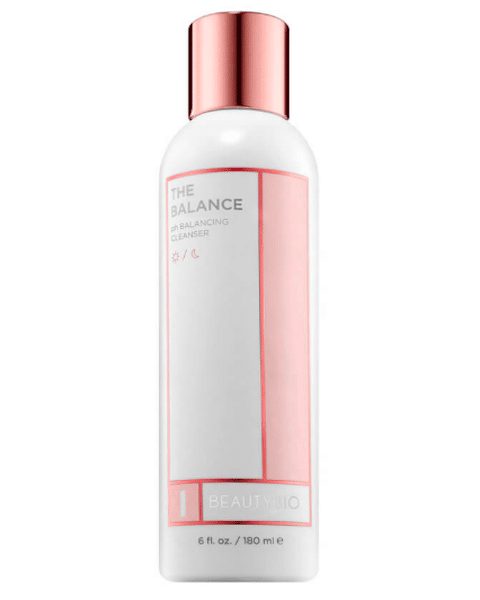
Drunk Elephant Slaai Melting Butter cleanser
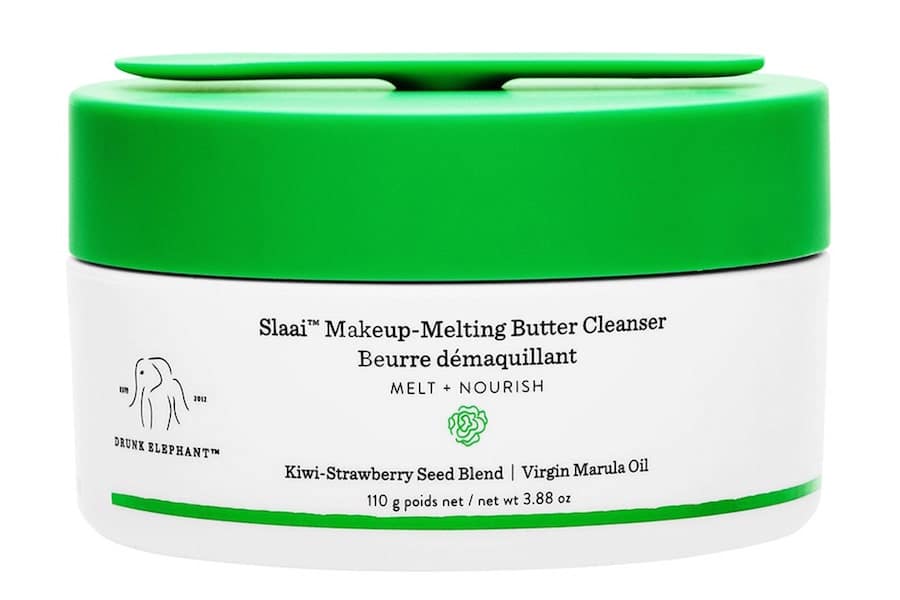
Skin Doctors Balancing cleanser
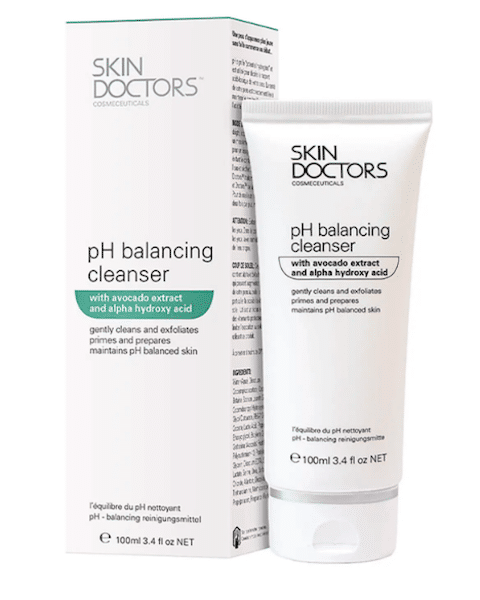
La Roche-Posay foaming pH+ cleanser
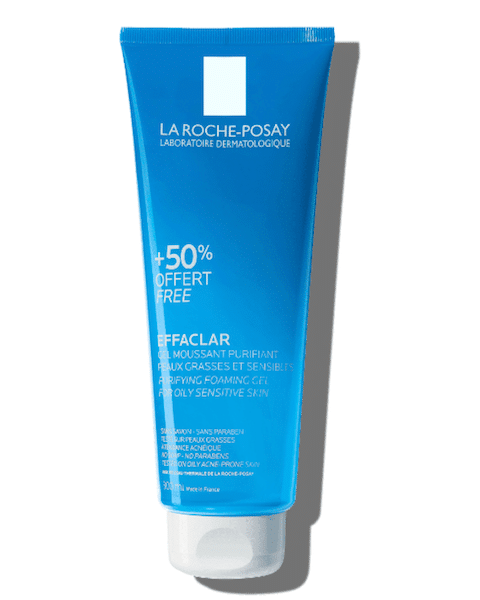
Kat Burki pH+ Enzyme essence
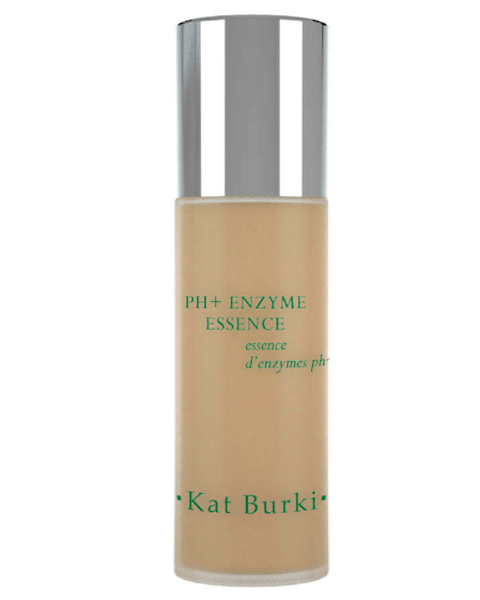
Image: Pinterest



